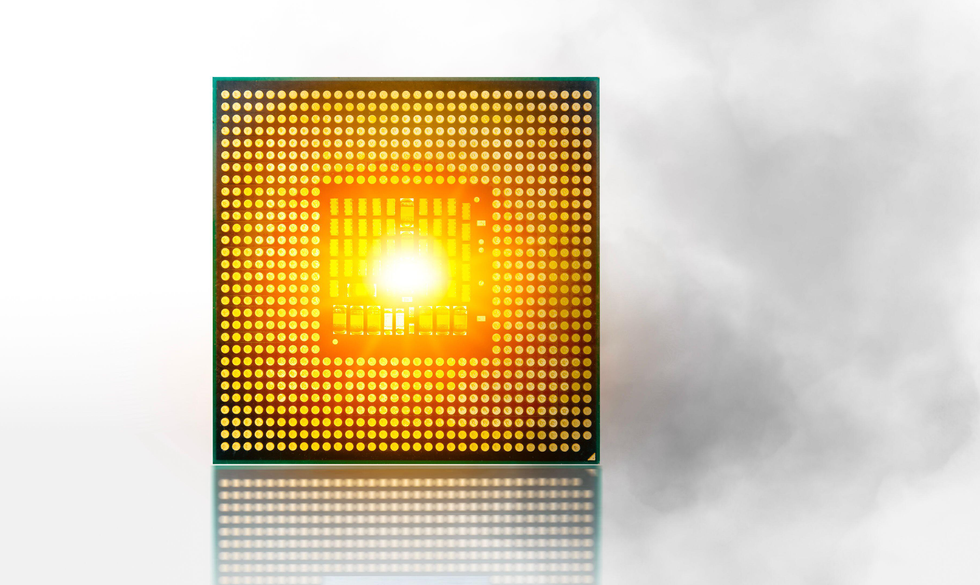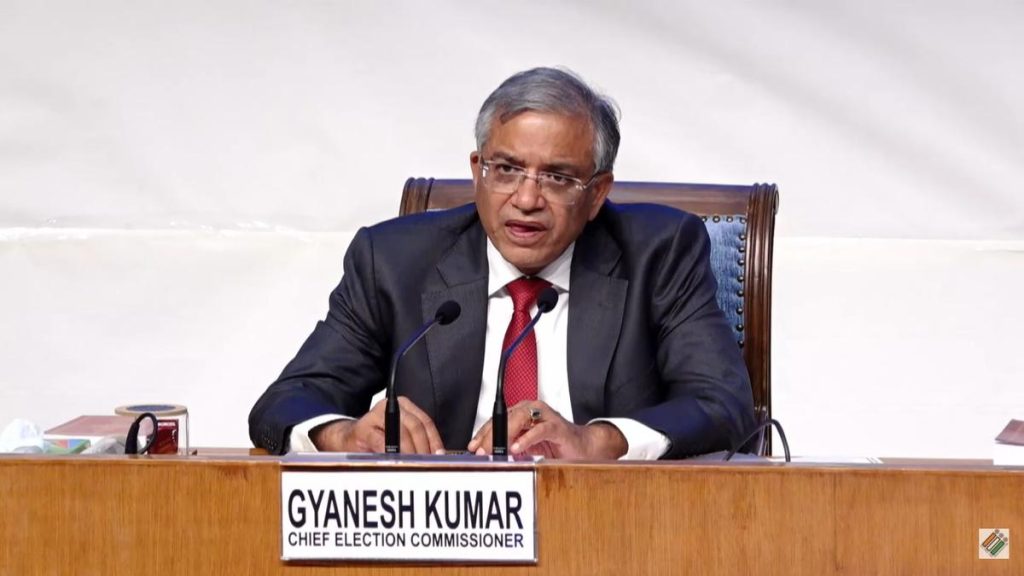Now Reading: Next-Gen Chips: Rising Heat Challenges Tech Innovation
-
01
Next-Gen Chips: Rising Heat Challenges Tech Innovation
Next-Gen Chips: Rising Heat Challenges Tech Innovation

Fast Summary
- The semiconductor industry continues to push the boundaries of Moore’s Law, increasing transistor density in chips, but this comes with challenges related to heat generation and dissipation.
- Dennard Scaling, which managed power density as transistors shrank, ended in the mid-2000s. Power density now grows alongside logic circuit density.
- Excessive heat impacts chip performance, energy efficiency, and slows signal propagation over time.
- Liquid cooling and microfluidic solutions are emerging alternatives to traditional air or fan-based cooling systems but face limitations for smaller-node technologies and mobile devices.
- Advanced technologies like nanosheet transistors (A10 node) and complementary field-effect transistors (CFETs) demonstrate higher power densities leading to increased temperatures-projected 9 °C rises per generation upgrade.
- Backside power-delivery networks (BSPDNs), capacitors, integrated voltage regulators (ivrs), and specialized logic layers aim to reduce voltage needs by revamping chip design architecture for better thermal control. However, these innovations could introduce new thermal management issues due to thinner silicon substrate layers limiting lateral heat flow.
- Simulation tools such as Imec’s predictive framework aid designers in analyzing thermal implications of future chips under CMOS 2.0 paradigms.
Read more: Future Chips Will Be Hotter Than Ever
Indian Opinion Analysis
India’s burgeoning semiconductor ambitions must consider the rising thermal challenges identified for next-generation chips. As global manufacturers march toward nanosheet transistor architectures and backside functionalization frameworks like BSPDNs under CMOS 2.0 technology paradigms by 2026 onward, thermal management will be paramount both technically and economically.
For India-which launched initiatives such as Semicon India Program-collaborating with firms specializing in electronic design automation tools or advanced cooling techniques may prove essential. Data centers operating AI workloads also represent a key strategic area where temperature stability directly impacts operational reliability; thus data center infrastructure modernization may be critical.
National programs should encourage R&D collaboration across engineering domains-chip designers working with systems engineers-to prepare locally produced SoCs that compete globally without overheating benchmarks jeopardizing use cases ranging from smartphones to high-performance computing clusters essential for AI/ML processing tasks.
Proactive measures can position India firmly within global trends while ensuring scalability remains unhindered amidst increasing demands faced universally across energy-efficient tech stacks handling imminent disruptions ensuring pathways overlap multi-core boosting transitions Software+Eco strategic pivots!

























